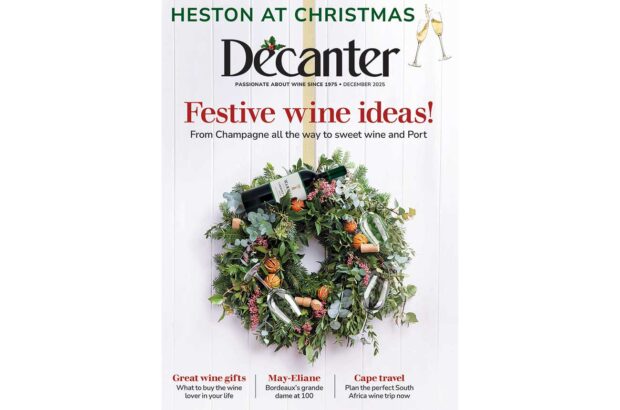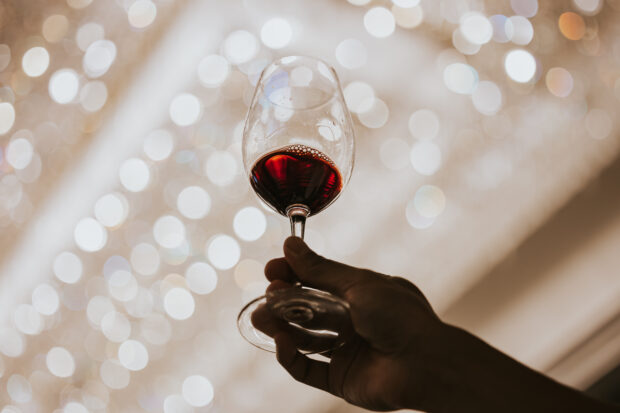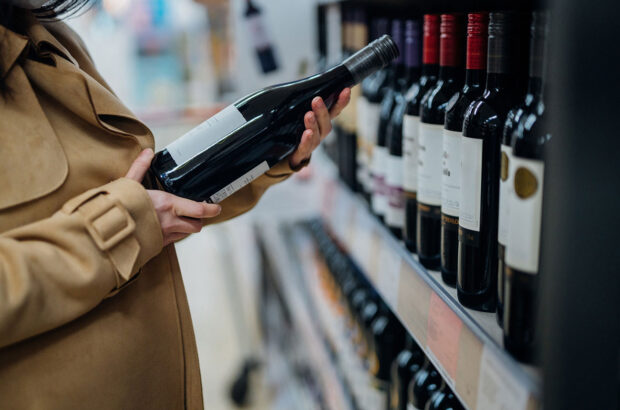The latest Burgundy export figures suggest the region's wines are becoming harder for consumers to find and there are fears that prices have risen too strongly.
Burgundy wine exports dropped by 12% in volume for the first seven months of 2014, versus the same period of last year, according to Burgundy trade body BIVB.
It blamed a series of consecutive, small harvests not seen for at least 50 years. ‘The main markets for Burgundy wines are suffering from a lack of availability,’ it said. Burgundy’s premier export markets saw some of the worst declines.
Exports to the US and the UK fell by 12.5% to just under 8.5m bottles and by 24% to 7.8m bottles respectively.
Higher prices helped to mitigate the financial repercussions within Burgundy. The value of exports to the US and UK fell less steeply than volumes, by 1.6% and 7.7% respectively.
But, price rises carry their own difficulties. ‘We risk losing shares in traditional markets because of higher prices,’ said Pierre Gernelle, director of the Federation des Syndicats de Négociants-Eleveurs de Bourgogne (FNEB), which includes well-known houses like Bouchard Pere & Fils and Chandon as members.
‘Some regular customers may not want to buy Burgundy any more as prices trend higher, so we hope that 2014 will bring a normal harvest and result in softer prices.’
Gernelle added that he was not speaking about grand cru or premier cru wines, where prices ‘will likely remain high’, but rather for village and regional level wines.
The BIVB expects a more normal-sized harvest of around 150m litres for the region in 2014, despite another year of serious hail damage in some appellations, including Beaune, Pommard and Volnay.
Even if the BIVB is right, it may take time for consumers to notice a difference. Boris Champy, estate manager at Maison Louis Latour, said it would take ‘at least two years of normal harvests for prices to come down’.
Gernelle said the weaker euro currency could help in the nearer future. ‘It is already helping us in the US.’
Within the top appellations, the run of small harvests has exacerbated the strain caused by rising global demand.
‘Grape prices for some wines have gone through the roof,’ said Joss Fowler of UK merchant Fine & Rare. ‘The price of grapes for Gevry has almost doubled in the last couple of years.’
Yet, Fowler believes top Burgundies are still fundamentally undervalued ‘when you compare them to the price of the very top Bordeaux and factor in the production levels’.
Xavier Rousset, co-founder of Michelin-starred Texture restaurant in London added, ‘We’ve had so many price increases in the last few years, but people are still happy to pay’. Both Rousset and Fowler advised looking beyond the best-known appellations for value.
(Extra reporting by Georgina Hindle. Editing by Chris Mercer)
Written by Panos Kakaviatos & Decanter.com staff







